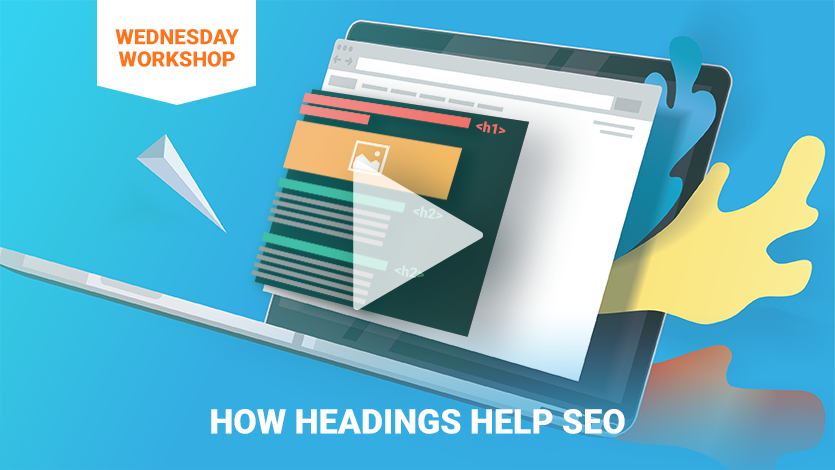

Learn all about headings and how they help your SEO in this week’s Wednesday Workshop!
Video Transcript:
Welcome back to another Wednesday Workshop from DealerOn!
Your website is your virtual storefront in the biggest marketplace in human history. It’s important for it to look its best.
Today, I’m going to walk you through how headings can help your website look great, and help SEO.
At its most basic, a heading is a line that’s larger than the rest of your text. It serves as a title for the following paragraph, letting your readers know what to expect. And, since no one likes solid walls of text, it breaks things up to give your readers convenient places to leave off.
When creating headings, there are a total of six options. As the numbers get bigger, the heading gets smaller. In simplest terms, h1 is the largest heading and h6 is the smallest. The important thing to remember here is that you only ever need to use h1, h2, and h3. You can safely ignore the rest, since they’re not much bigger than standard text.
Think of the headlines as points in an outline, and use the h-tag appropriate to the importance of what you’re saying. Is it a main point? Use h1. A smaller, clarifying point? Use h2. An even smaller point, perhaps clarifying a clarification? There’s h3. This allows people to see, at a glance, how important each point is in your article.
Most people skim blogs rather than read them. A reader should be able to understand your article from the headings alone.
Headings can even help your SEO. When looking to see if your article fits the search criteria, Google pays close attention to the words in your headings, and especially those with an h1 tag. Want to show up in a specific Google search? Make sure that hypothetical search shows up in your h1 headings.
Well-utilized headings also helps with organic traffic.
The fundamental purpose of headings is to make your content more readable. By creating a post that’s broken up into bite-sized chunks and cleanly labeled with informative headings, you’re accomplishing that goal. And if you do it well enough, you’ll start getting shares on social media, links in other blogs, and the kinds of organic traffic that bumps up your rankings.
Headings are a great tool. They’ll help organize your text, but pretty soon, they’ll be organizing your thoughts as well. Write with them in mind, then put them out there and watch how the bigger words bump up your SEO.
That’s all the time we have for today’s workshop. As always, if you have comments or questions, leave ‘em below and we’ll get back to you shortly.
Thanks for watching. We’ll see you next week with another Wednesday Workshop from DealerOn!


